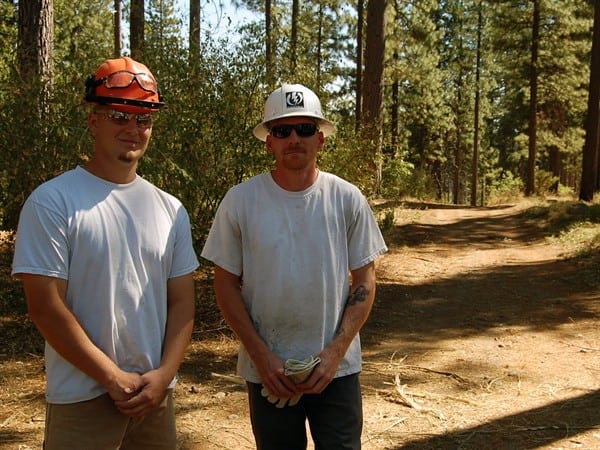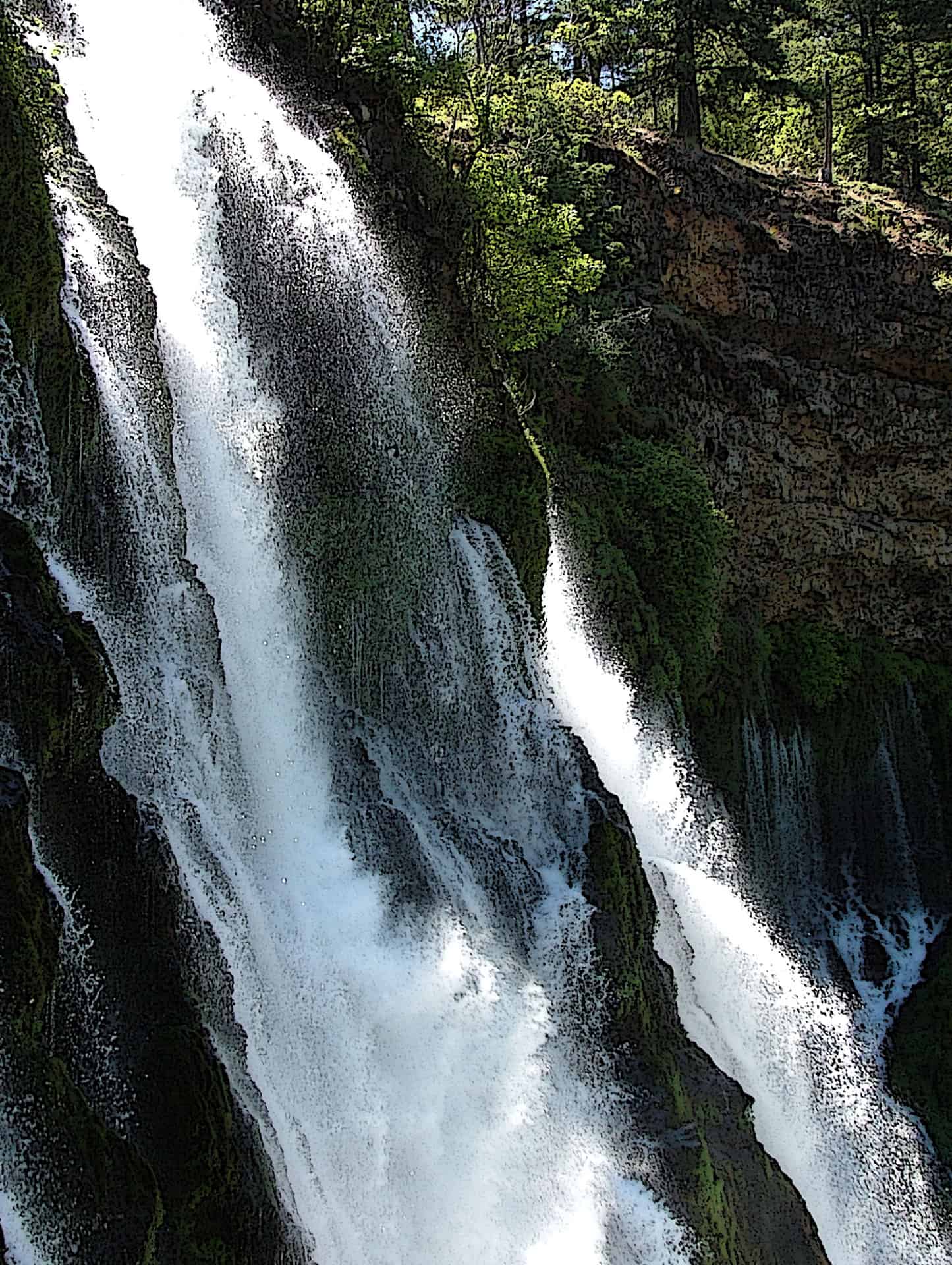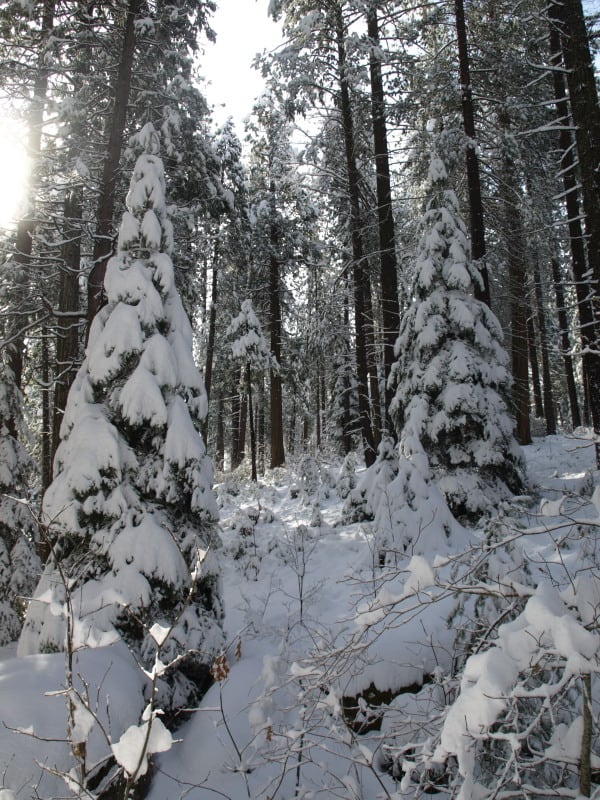Jun 20: In the U.S. Court of Appeals, Ninth Circuit, Case No. 08-17565.Appeal from the United States District Court for the Eastern District of California. The Appeals Court indicates that, “This court’s opinion filed on February 3, 2012, and reported at 668 F.3d 609 (9th Cir. 2012), is withdrawn, and is replaced by the attached Opinion and Dissent. . . The full court has been advised of the petition for rehearing en banc and no judge of the court has requested a vote onwhether to rehear the matter en banc. . . The petition for rehearing and the petition for rehearing en banc, filed on April 18, 2012, are denied.”
According to the Appeals Court, Plaintiff-Appellant Pacific Rivers Council (Pacific Rivers) brought suit in Federal district court challenging the 2004 Framework for the Sierra Nevada Mountains (the Sierras) as inconsistent with the National Environmental Protection Act (NEPA) and the Administrative Procedure Act (APA). The Appeals Court said, “The gravamen of Pacific Rivers’ complaint is that the 2004 EIS does not sufficiently analyze the environmental consequences of the 2004 Framework for fish and amphibians.” On cross-motions for summary judgment, the district court granted summary judgment to the Forest Service.
The Appeals Court rules, “Pacific Rivers timely appealed the grant of summary judgment. For the reasons that follow, we conclude that the Forest Service’s analysis of fish in the 2004 EIS does not comply with NEPA. However, we conclude that the Forest Service’s analysis of amphibians does comply with NEPA. We therefore reverse in part, affirm in part, and remand to the district court.”In a lengthy dissenting opinion, one Justice concludes, “. . .the majority makes two fundamental errors: First, it reinvents the arbitrary and capricious standard of review, transforming it from an appropriately deferential standard to one freely allowing courts to substitute their judgments for that of the agency. . . Second, the majority ignores the tiering framework created by NEPA. Because the majority ignores such framework, it fails to differentiate between a site-specific environmental impact statement (EIS) and a programmatic EIS that focuses on high-level policy decisions. . .”
Jobs
California’s Dense Forests Present New Opportunities
Forestry operations and bioenergy have been part of the economic and social fabric in Northern California for decades. A five-year study produced in 2009 by the USDA Forest Service modeled forest management under different scenarios across 2.7 million acres encompassing the Feather River watershed. The model’s time horizon spanned four decades, examining wildfire behavior, forest thinning operations and a range of environmental and economic impacts. It concluded that in virtually every aspect analyzed, managing forest resources and utilizing biomass for energy production provides significant advantages over the status quo.
With acres per wildfire going WAY up, thinning projects seem to be the way to go to reduce both wildfire sizes and wildfire intensities. Again, we have strict diameter limits in the Sierra Nevada, and clearcutting has been banned since 1993.
The link is here
California Collaboratin’

Thanks to Terry Seyden for this story about apparently successful collaboration in California. I excerpted parts that deal with our interest in local jobs and who is doing the work. Here is the link and below are the excerpts. Italics are mine.
After hours of meetings, listening, and grant-writing, now the group is doing just that.
On a recent fall afternoon, Robert Smith drives a faded green masticator that chews up small trees and brush. He’s clearing fire fuel in a part of the Stanislaus National Forest that abuts several subdivisions.
Smith owns and operates Smith Grinding, but when the recession hit, he couldn’t find work. He almost lost his home.
“This area, at one time, had like 23 mills in it, so it was a booming industry,” says Smith. “It slowly has died out all through the ’80s and ’90s. And even what was going on in here came to a screeching halt, what, probably 3 years ago. On a personal level, going out and looking for work, there was none.”
As a part of the consensus group, the forest service is now hiring local contractors like Smith to do much-needed clean-up in the forests. And the consensus group also helped to form a contractors coop, so the group can bid on projects as one unit.
Smith says it’s given him work — and he likes the idea of helping the Amador and Calaveras county communities get those jobs.
“We have a lot of people come in and take this work form us, when we have it right here and should be making money ourselves.”
Bring Back Jobs
Putting people back to work isn’t as simple as just creating jobs. So the consensus group also includes community organizations that teach job readiness; and it works with probation officers to help former prisoners make the transition back to work.
That’s how Anthony Destefano got a job with the crew.
“I’m an electrician by trade, but with the building and the economy dropping, I got laid off, and it was impossible it seemed like to get a job,” Destefano says.
Destefano says he was unemployed for two and half years, and he got himself into trouble with drugs and landed in jail. When he got out on probation, his supervisor referred him to this work crew .
“I’ve just been moving forward, doing positive things. This job has helped me to achieve some goals,” he says.
The section Smith and Destefano just finished clearing looks like the forest floor got a buzz cut underneath the tall oaks, pines and firs they’ve left standing.
The section Smith and Destefano just finished clearing looks like the forest floor got a buzz cut underneath the tall oaks, pines and firs they’ve left standing.
Environmentalist is No Longer the ‘Devil Incarnate’
The crew isn’t just brute labor hacking down trees and brush. Part of the training involves scientists teaching them how to recognize species, what to take out and what to leave, says Katherine Evatt, an environmentalist with the Foothill Conservancy.
“We’re is reducing the risk of catastrophic fire in our communities, which is also a big threat to critical habitat for spotted owls and other wildlife,” says Evatt.
“And it’s going to allow us to start to reintroduce fire as a tool in the Sierra,” she says, adding that because fire has been suppressed for over 100 years, some parts of the forest are too dense to safely use fire as a natural tool.

